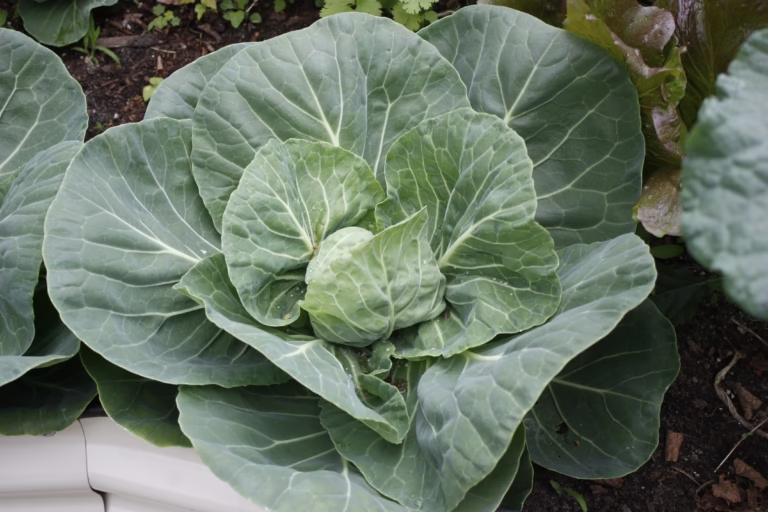
How to Invite Ladybugs into Your Garden
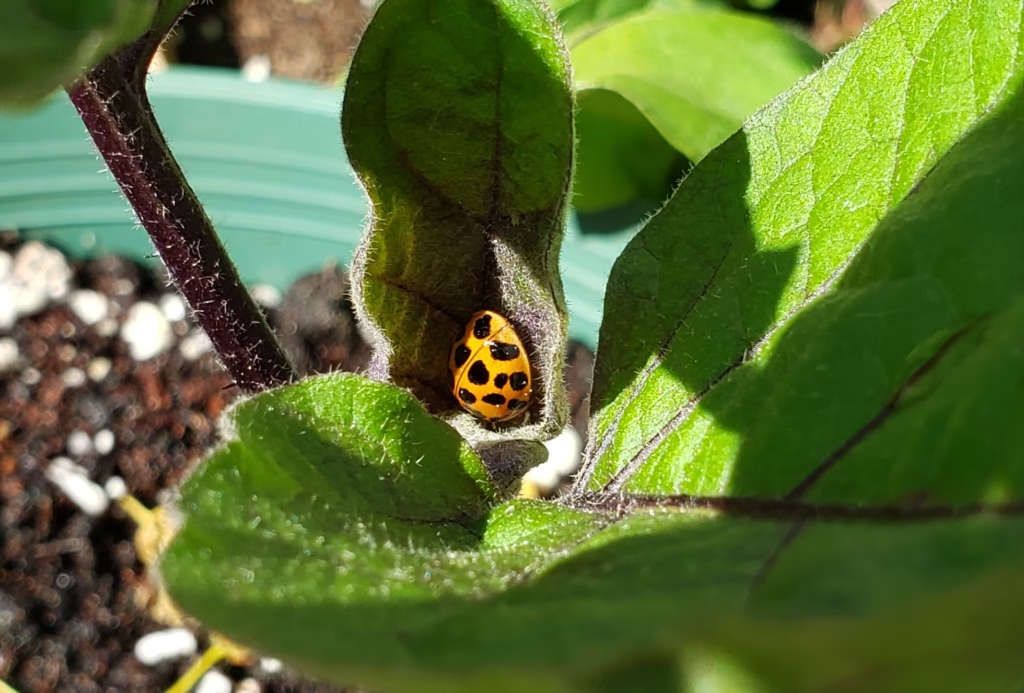
Ladybugs are one of the insects that everyone is familiar with thanks to their popularity in cartoons and children’s books. They’re not harmful, and aren’t a garden pest, but at the end of the season, certain ladybugs can give off the impression that they’re a pest if you’ve ever had them congregate in large groups in your home. When it comes to the garden, ladybugs are your friend and you want to create a space that not only welcomes them in, but actually attracts them.
Why You Want Ladybugs in Your Garden
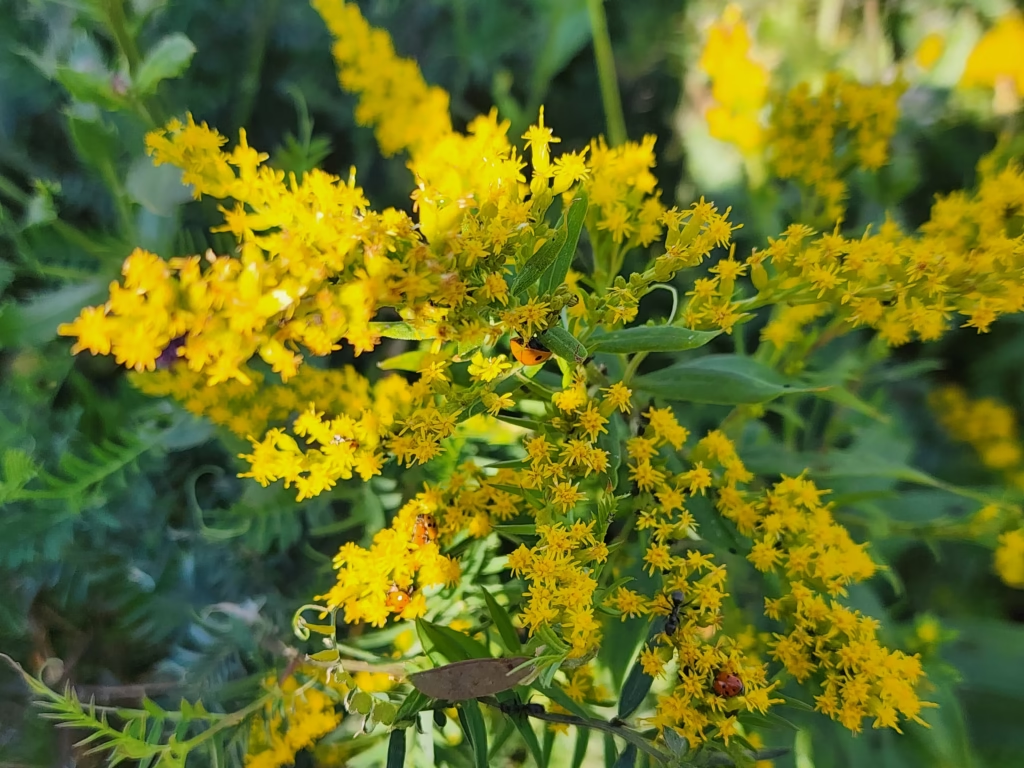
Ladybugs, lady birds or lady beetles, are a garden friend that you want in your garden because they’re an incredible helper to fight against some of your biggest garden pests. Although ladybugs are omnivores and will eat a wide range of things, they love to eat aphids and can eat up to 5,000 aphids during their short lifetime!
Ladybugs don’t just eat aphids, they eat other soft-bodied insects too such as mites and scale. Of all 450 species in North America, only 3 feed on plants so you never have to worry about them killing your plants. They are the poster-child for beneficial insects!
The Lifecycle of Ladybugs
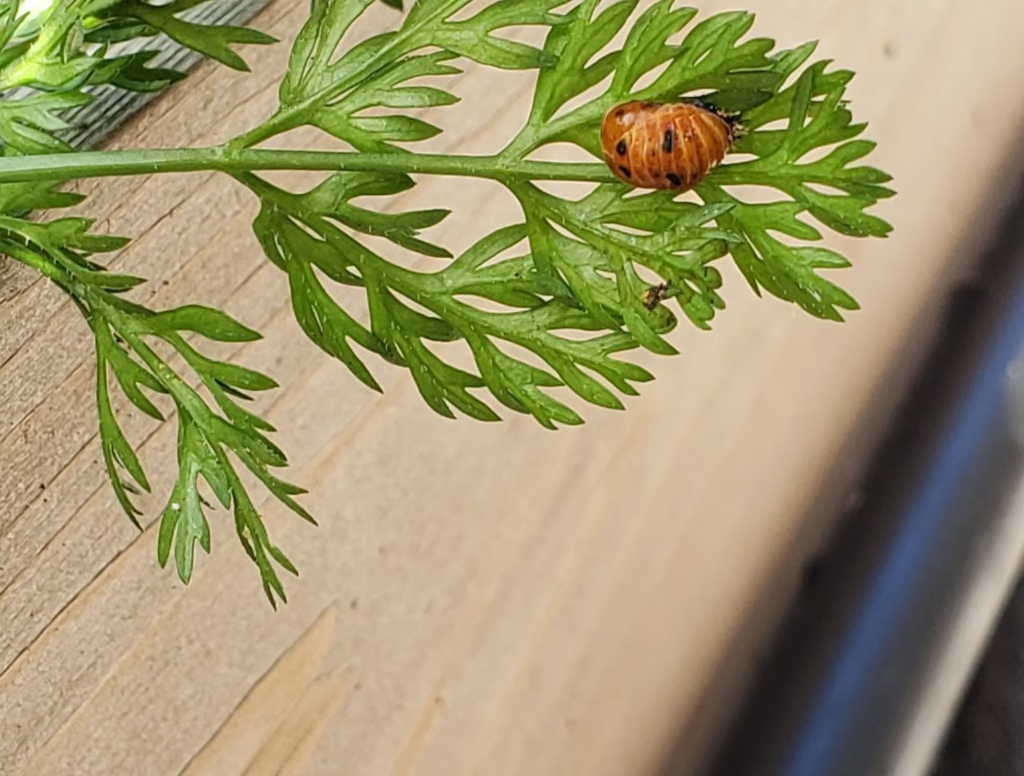
One of my favourite things about ladybugs is their diversity. With 450 species of ladybugs in North America, they have a huge range in looks, making them fun to have around to discover. They range in colour from orange to black, and they can have just 2 spots, or 16. Ladybugs can live for up to a year, and one female can lay up to 1,000 eggs in her lifetime. They lay their eggs on the underside of leaves to protect them from predators and the weather. When the eggs hatch they enter their larval stage, and this is the best stage when you need help with insect control. They live as larva for about a month before they pupate (the third part of the cycle, and what is happening in the photograph above). They stay in their pupa form for 1-2 weeks before they become the adult beetle we’re so used to seeing in the garden.
Join our family, and grow your garden knowledge further
How to Identify Adult Ladybugs
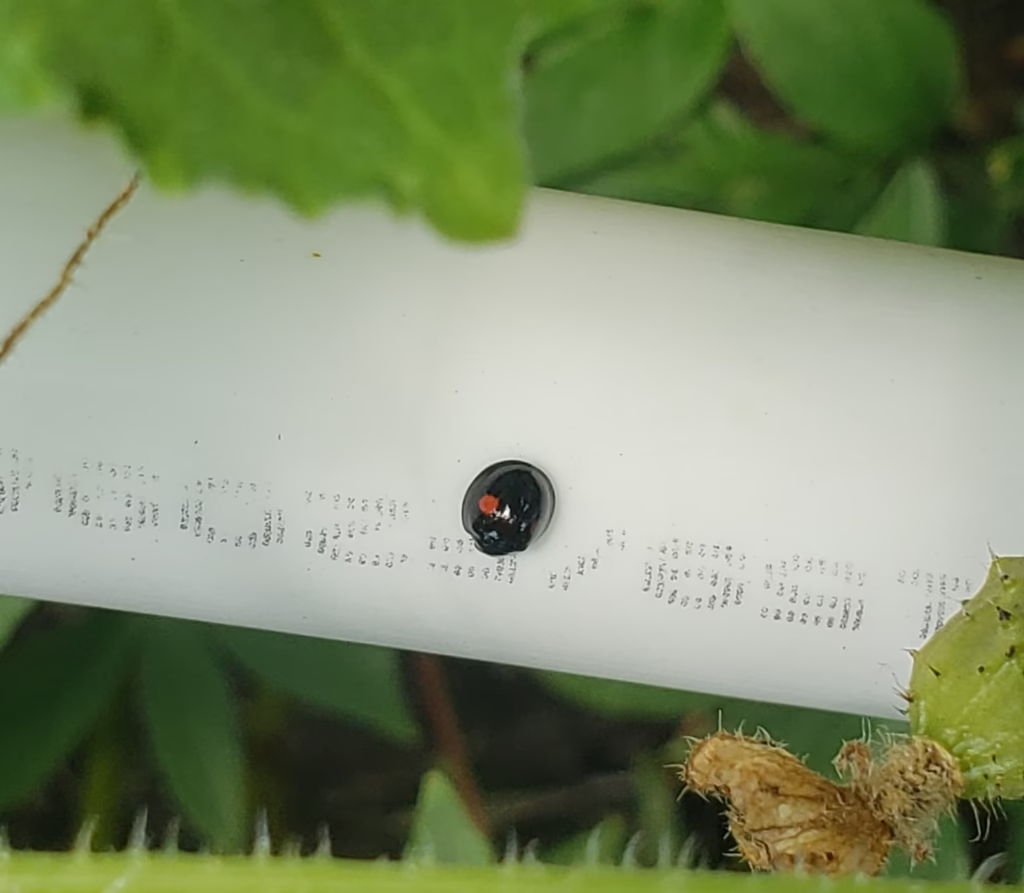
At first the idea of “how to identify a ladybug” seems ridiculous, we all know what a ladybug looks like but it’s not true! With 450 species in North America alone, they come in a huge range of colours and sizes! Take for instance the ladybug in the photo above, oddly called the “twice stabbed ladybug”. This photo is the first time I ever saw this species, and it doesn’t look anything like the typical orange and black ladybug! Most adult ladybugs do look somewhat similar, orange and black or red and black but with 450 species, there’s a lot of variations that can exist! It’s always important, before you do anything to an insect, always identify it first!
How to Identify Ladybug Eggs
Ladybug eggs are yellow/orange in colour and are laid in clusters, from 5-50 eggs in a group. They’re laid on the underside of leaves to protect them from predators and the weather, but can often be confused with other insect eggs. The most common eggs to be confused with are the three-lined potato beetle and the Colorado potato beetle eggs. There are a couple ways to identify the difference between ladybug eggs vs potato beetle eggs and the first is that ladybug eggs are smaller. The second is that the potato beetle has preferred plants such as ground cherries, potatoes and eggplants – so if you catch an adult on one of these plants, or find eggs, you can make an educated decision on who laid the eggs.
How to Identify Ladybug Larvae
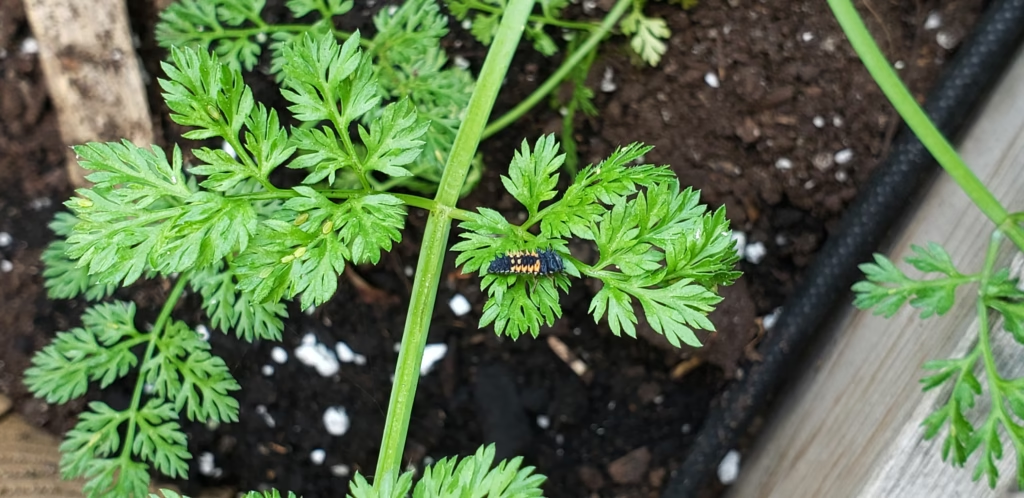
Now these are what you want to find in your garden! They are your army against aphids! If you look closely in the photo above you can see aphids on the left side, and a ladybug larva on the right. Those strange little black and orange tanks are the larva stage of ladybugs! If you see anything that looks like the insect in the photo above make sure you keep it and don’t remove it.
Ladybugs Favourite Plants in the Garden
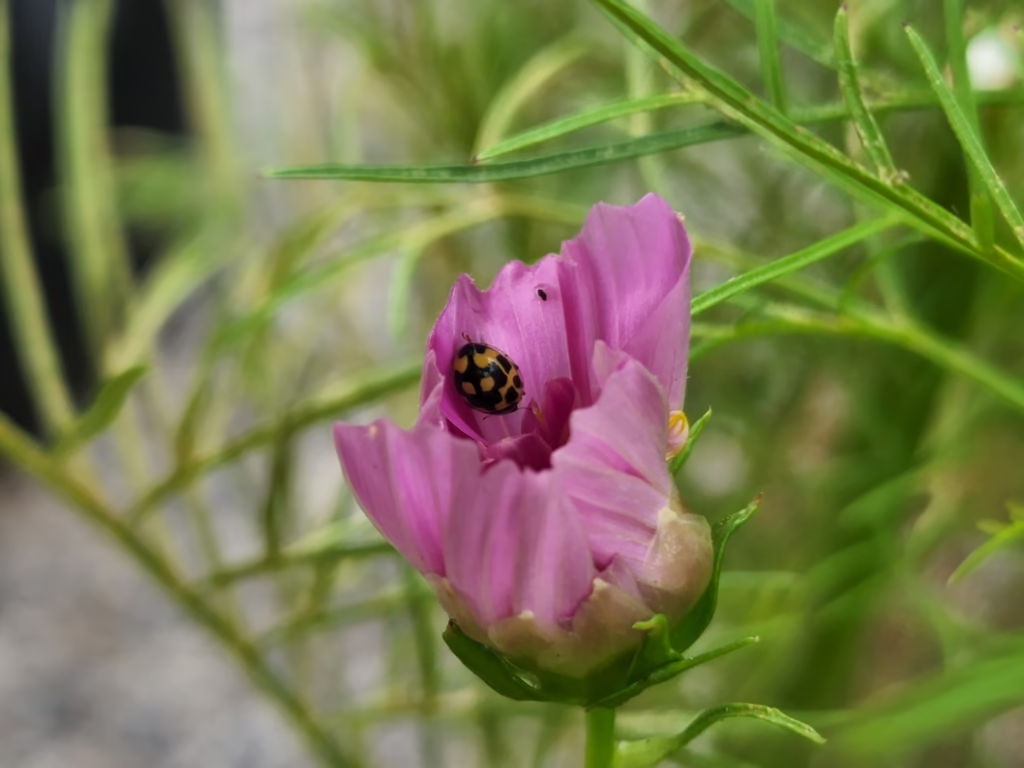
Ladybugs favourite plants should look familiar to you as these plants are many beneficial insects favourite plants! This includes yarrow, dill, cilantro and cosmos. Native flowers in white or yellow, and are single petaled are the best to attract them (think yarrow or tickseed). In addition to planting their favourite flowers, having aphids on your plants will naturally drawn them in too.
Continue growing your garden knowledge
- How to Invite Ladybugs into Your Garden
- How to Grow Cabbage from Seed to Harvest
- Your Most Asked Raised Garden Questions ANSWERED
- 6 Tricks to Grow Massive Onions in Cold Climates
- Want a Huge Pepper Harvest? 6 Tips for Cold Climates
Should You Buy Ladybugs for Your Garden?
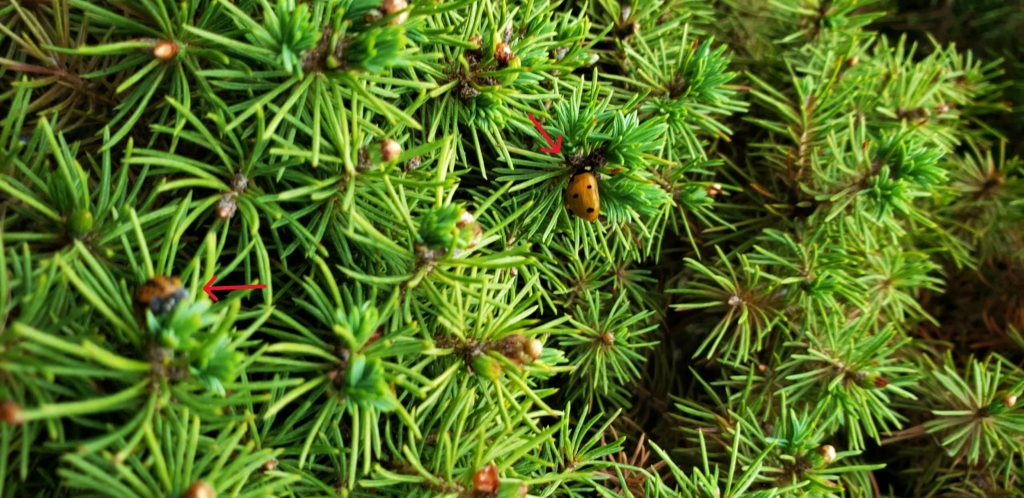
Absolutely not! You may have seen ladybugs for sale at a store, you may have heard someone suggest you buy them, but this is not the way to get ladybugs into your garden. There are three main reasons why you shouldn’t buy ladybugs. The first is that many companies actually harvest wild ladybugs from nature and sell them – which can devastate local populations where they were removed from. The second is that ladybugs that have been stolen from the wild and shipped to you can have diseases that may not have been in your area and infect your local populations. Finally, ladybugs can fly. This means that if you don’t have the right food source or pollinator plants in your garden, they’re just going to leave. Which means you spent money only to watch it fly right off your property. If you have the right plants and food source to keep them in your garden, then ladybugs are naturally going to come to your garden. This stops you from even needing to buy any in the first place.
The Disadvantages of Ladybugs
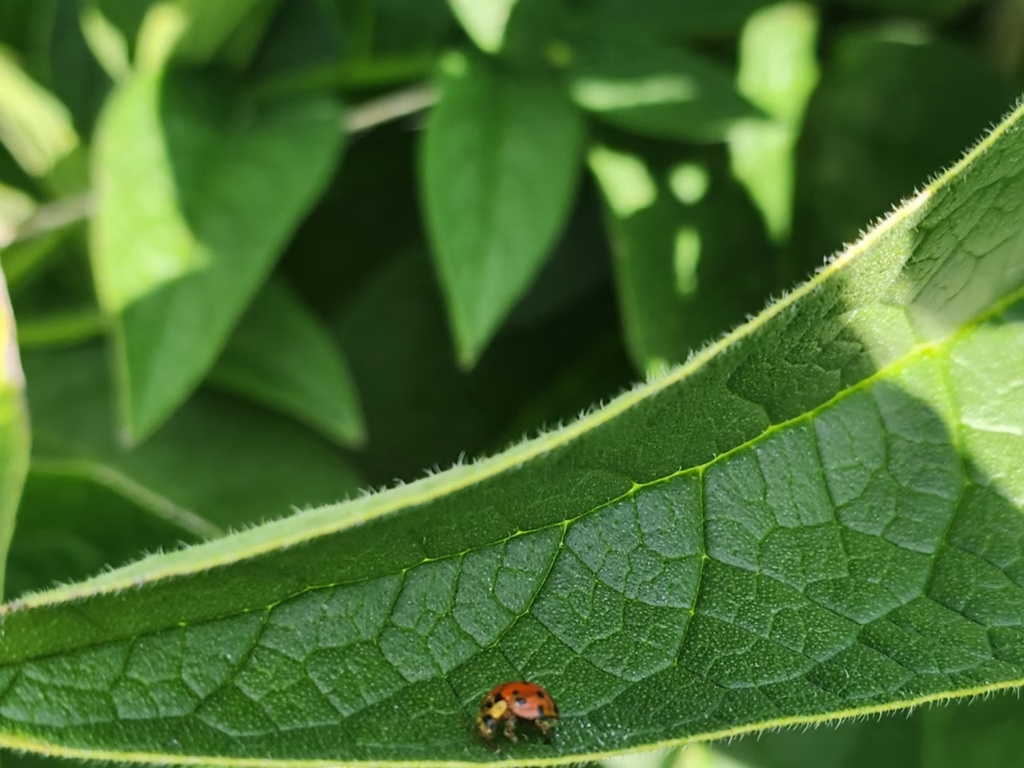
As I mentioned above, ladybugs are a huge benefit to your garden, however North America does have an invasive ladybug species, the harlequin ladybug (photographed above). This species is native to Asia and was introduced to North America to help control aphids, however it’s become an invasive species, spreading across the continent. People will also call it the “Halloween ladybug” because they gather together en masse and will come into your house when the temperature gets cold, around Halloween. Our native ladybugs aren’t the home intruder you may be thinking of, but rather these Harlequin ladybugs. So although most species are beneficial to your garden, this species can become a nuisance in fall.
Join our family, and grow your garden knowledge further
How to Make a Ladybug Habitat in Your Garden
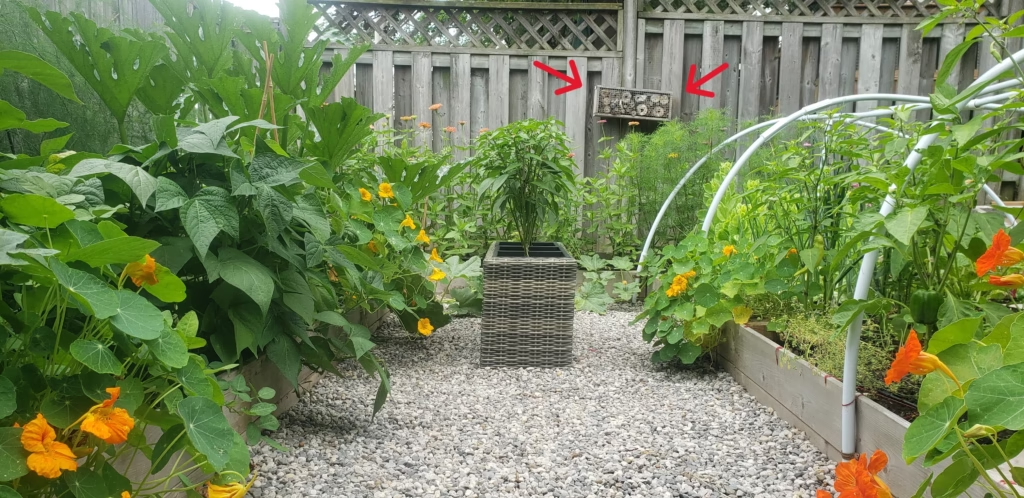
By now I hope you realize just how much you want ladybugs in your garden and you’re asking yourself “how can I get them to come, and stay in my garden”. So here are a few tips! The first is to leave the leaves! I know this saying is so common it’s boring at this point but it’s so important. Ladybugs hibernate in fallen leaves. If you throw out your leaves you’re throwing out your ladybugs and then what’s the point? So leave a pile of fallen leaves in your yard to allow them to stay on your property all winter, and you’ll be thanked next year.
Another thing you can do is create bug hotels. This is places where ladybugs can hide during the night time and live safely. This can look like a frame filled with pine cones or broken branches, anywhere a bug can hide. You can also build a small wooden box, fill it with sticks or pinecones, keep it in a protected place, and cover it with fine chicken wire so that bugs can get in but predators, like birds, can’t. Have a few of these and hang them around your garden.



